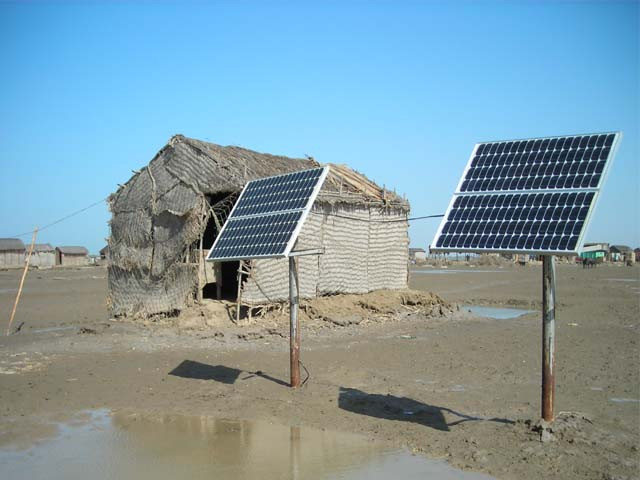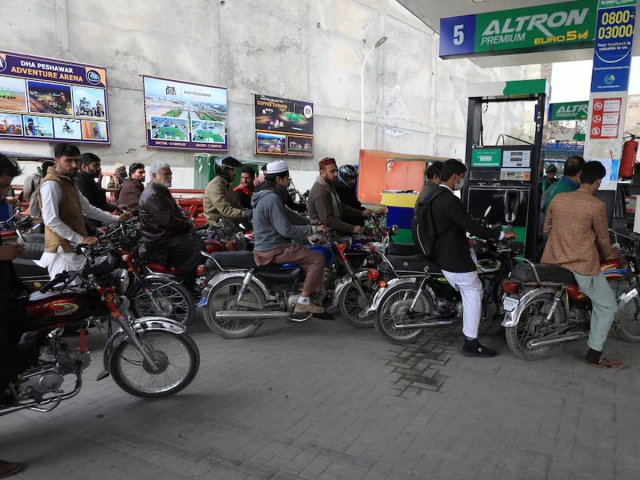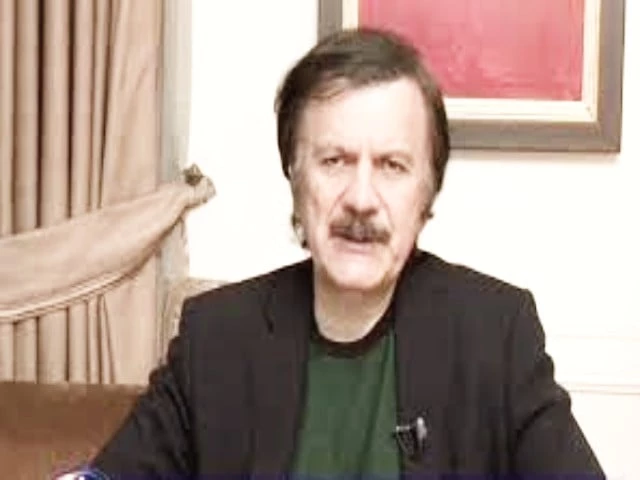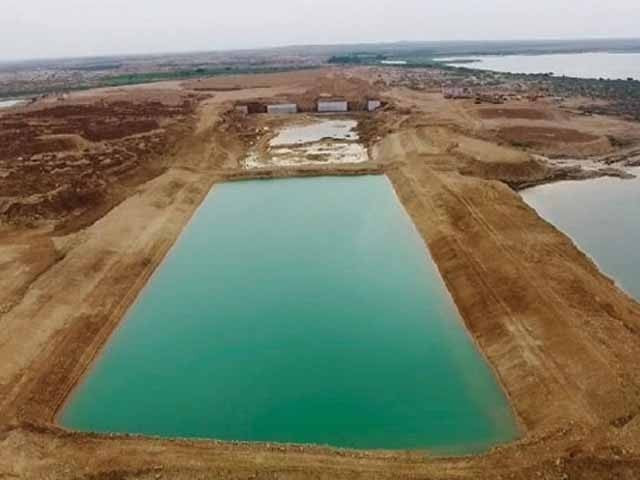Business
Is Pakistan ready to seize US export opportunity? | The Express Tribune
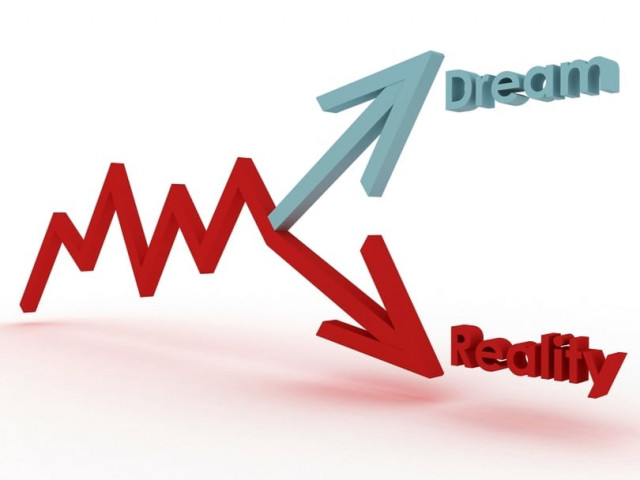
ISLAMABAD:
The United States is undergoing a major overhaul of its trade policies, triggering a broader reshaping of global supply chains. Steep tariff hikes on key exporters like China, India and Brazil are forcing US importers to rethink their sourcing strategies.
This disruption presents a rare and valuable opening for countries like Pakistan to step in and gain market share. With Chinese and Indian exports facing average tariffs of 50% or more, Pakistan’s comparatively low 19% tariff offers a clear competitive edge. The critical question is whether Pakistan is prepared to seize this moment.
American importers are already shifting supply chains away from high-tariff countries, creating new opportunities for agile exporters. Pakistan, with its recent economic reforms reducing input costs and facilitating capital goods imports, is uniquely positioned to capitalise on this trade realignment.
After years of stagnant exports, this market disruption presents a critical window to gain foothold in vacated market segments, particularly where Pakistan’s newly enhanced cost competitiveness can deliver immediate advantages.
Pakistan’s current strongest export position in the US lies in textiles and apparel, where it ships over $5 billion of goods annually. By comparison, China exports $40 billion — apparel about $24 billion and textiles $16 billion — and India $9 billion with a balanced 50-50 split between apparel and textiles.
Even a modest redirection of orders from these countries to Pakistan could generate significant gains. The textile sector, given its existing base and infrastructure, remains the most immediate area where Pakistan could scale up exports quickly.
In addition to textiles and clothing, several other sectors show promise. Pakistan’s leather exports to the US currently stand at $171 million, while its global leather exports total $710 million, highlighting that the country is competitive in this sector.
Similarly, the sports goods industry, known for its world-class football manufacturing, has exports nearing $400 million and is well-positioned to grow with improved branding and market access. The recent emergence of truck and bus radial tyres as an export item to the US is another bright spot. With exports surpassing $100 million last year and over 20% year-on-year growth, it reflects the kind of momentum that can be built with the right focus.
Pakistan’s mobile assembly sector represents one of its most glaring missed industrial opportunities. While India’s mobile exports to the US surged to $7.5 billion in FY 2024-25, fuelled by China tariff diversions, Pakistan’s $160 million in annual exports remain confined to low-end markets, despite sharing similar starting conditions.
The 2020 Mobile Device Manufacturing Policy attracted 26 assemblers through component duty exemptions and local market protection, driving import substitution (90% of domestic demand). However, this inward-focused model, which failed spectacularly in the auto sector, continues to stifle export potential. Component imports now consume $1.5-2 billion annually without generating meaningful foreign exchange as assemblers prioritise lucrative domestic sales over competitive global integration.
The need for change is particularly critical in the engineering goods sector where Indian exports to the US are about $18 billion, or 28% of their exports, as compared to Pakistan’s less than $0.5 billion, or about 7% of its exports. This sector must be freed from the outdated import substitution mindset still embedded within the relevant government institutions.
This is a missed opportunity not just economically but also strategically, as engineering-led exports can help Pakistan diversify its trade base and reduce over-reliance on traditional low value-added sectors. If this sector is freed from micromanagement of government agencies, it could become a key driver of export growth and industrial upgrading.
The global trade order is experiencing its most profound transformation in a generation, presenting Pakistan with a critical opportunity to reshape its economic future. Bold reforms in this year’s budget, particularly tariff rationalisation, are already yielding promising results: a record 17% monthly export surge and 42% growth in customs and other taxes on imports, marking the highest single-month gains in recent history.
While it’s premature to draw long-term conclusions from one month’s data, these early indicators align with economic modelling that predicted benefits from greater openness, validating the reform direction. Critics who focus narrowly on deficits overlook a fundamental truth of development economics: strategic short-term deficits have consistently served as necessary investments for emerging economies to achieve lasting prosperity, as demonstrated by the trajectories of China, Vietnam and other success stories.
The writer is a member of the steering committee on US tariffs. Previously he served as Pakistan’s ambassador to WTO and FAO’s representative to the United Nations
Business
Stock Market Live Updates: Sensex, Nifty Hit Record Highs; Bank Nifty Climbs 60,000 For The First Time

Stock Market News Live Updates: Indian equity benchmarks opened with a strong gap-up on Monday, December 1, touching fresh record highs, buoyed by a sharp acceleration in Q2FY26 GDP growth to a six-quarter peak of 8.2%. Positive cues from Asian markets further lifted investor sentiment.
The BSE Sensex was trading at 85,994, up 288 points or 0.34%, after touching an all-time high of 86,159 in early deals. The Nifty 50 stood at 26,290, higher by 87 points or 0.33%, after scaling a record intraday high of 26,325.8.
Broader markets also saw gains, with the Midcap index rising 0.27% and the Smallcap index advancing 0.52%.
On the sectoral front, the Nifty Bank hit a historic milestone by crossing the 60,000 mark for the first time, gaining 0.4% to touch a fresh peak of 60,114.05.
Meanwhile, the Metal and PSU Bank indices climbed 0.8% each in early trade.
Global cues
Asia-Pacific markets were mostly lower on Monday as traders assessed fresh Chinese manufacturing data and increasingly priced in the likelihood of a US Federal Reserve rate cut later this month.
According to the CME FedWatch Tool, markets are now assigning an 87.4 per cent probability to a rate cut at the Fed’s December 10 meeting.
China’s factory activity unexpectedly slipped back into contraction in November, with the RatingDog China General Manufacturing PMI by S&P Global easing to 49.9, below expectations of 50.5, as weak domestic demand persisted.
Japan’s Nikkei 225 slipped 1.6 per cent, while the broader Topix declined 0.86 per cent. In South Korea, the Kospi dropped 0.30 per cent and Australia’s S&P/ASX 200 was down 0.31 per cent.
US stock futures were steady in early Asian trade after a positive week on Wall Street. On Friday, in a shortened post-Thanksgiving session, the Nasdaq Composite climbed 0.65 per cent to 23,365.69, its fifth consecutive day of gains.
The S&P 500 rose 0.54 per cent to 6,849.09, while the Dow Jones Industrial Average added 289.30 points, or 0.61 per cent, to close at 47,716.42.
Business
South Korea: Online retail giant Coupang hit by massive data leak

Osmond ChiaBusiness reporter
 Getty Images
Getty ImagesSouth Korea’s largest online retailer, Coupang, has apologised for a massive data breach potentially involving nearly 34 million local customer accounts.
The country’s internet authority said that it is investigating the breach and that details from the millions of accounts have likely been exposed.
Coupang is often described as South Korea’s equivalent of Amazon.com. The breach marks the latest in a series of data leaks at major firms in the country, including its telecommunications giant, SK Telecom.
Coupang told the BBC it became aware of the unauthorised access of personal data of about 4,500 customer accounts on 18 November and immediately reported it to the authorities.
But later checks found that some 33.7 million customer accounts – all in South Korea – were likely exposed, said Coupang, adding that the breach is believed to have begun as early as June through a server based overseas.
The exposed data is limited to name, email address, phone number, shipping address and some order histories, Coupang said.
No credit card information or login credentials were leaked. Those details remain securely protected and no action is required from Coupang users at this point, the firm added.
The number of accounts affected by the incident represents more than half of South Korea’s roughly-52 million population.
Coupang, which is founded in South Korea and headquartered in the US, said recently that it had nearly 25 million active users.
Coupang apologised to its customers and warned them to stay alert to scams impersonating the company.
The firm did not give details on who is behind the breach.
South Korean media outlets reported on Sunday that a former Coupang employee from China was suspected of being behind the breach.
The authorities are assessing the scale of the breach as well as whether Coupang had broken any data protection safety rules, South Korea’s Ministry of Science and ICT said in a statement.
“As the breach involves the contact details and addresses of a large number of citizens, the Commission plans to conduct a swift investigation and impose strict sanctions if it finds a violation of the duty to implement safety measures under the Protection Act.”
The incident marks the latest in a series of breaches affecting major South Korean companies this year, despite the country’s reputation for stringent data privacy rules.
SK Telecom, South Korea’s largest mobile operator, was fined nearly $100m (£76m) over a data breach involving more than 20 million subscribers.
In September, Lotte Cards also said the data of nearly three million customers was leaked after a cyber-attack on the credit card firm.
Business
Agency workers covering for Birmingham bin strikers to join picket lines

Agency workers hired to cover Birmingham bin strikers will join them on picket lines on Monday, a union has said.
A rally will be held by Unite The Union at Smithfield Depot on Pershore Street, Birmingham, on Monday morning to mark the first day of strike action by agency refuse workers.
Unite said the Job & Talent agency workers had voted in favour of strike action “over bullying, harassment and the threat of blacklisting at the council’s refuse department two weeks ago”.
The union said the number of agency workers who will join the strike action is “growing daily”.
Strikes by directly-employed bin workers, which have been running since January, could continue beyond May’s local elections.
The directly-employed bin workers voted in favour of extending their industrial action mandate earlier this month.
Unite general secretary Sharon Graham said: “Birmingham council will only resolve this dispute when it stops the appalling treatment of its workforce.
“Agency workers have now joined with directly-employed staff to stand up against the massive injustices done to them.
“Instead of wasting millions more of council taxpayers’ money fighting a dispute it could settle justly for a fraction of the cost, the council needs to return to talks with Unite and put forward a fair deal for all bin workers.
“Strikes will not end until it does.”
-

 Sports1 week ago
Sports1 week agoWATCH: Ronaldo scores spectacular bicycle kick
-

 Entertainment1 week ago
Entertainment1 week agoWelcome to Derry’ episode 5 delivers shocking twist
-

 Politics1 week ago
Politics1 week agoWashington and Kyiv Stress Any Peace Deal Must Fully Respect Ukraine’s Sovereignty
-

 Business1 week ago
Business1 week agoKey economic data and trends that will shape Rachel Reeves’ Budget
-

 Tech6 days ago
Tech6 days agoWake Up—the Best Black Friday Mattress Sales Are Here
-

 Fashion7 days ago
Fashion7 days agoCanada’s Lululemon unveils team Canada kit for Milano Cortina 2026
-

 Tech6 days ago
Tech6 days agoThe Alienware Aurora Gaming Desktop Punches Above Its Weight
-

 Politics1 week ago
Politics1 week ago53,000 Sikhs vote in Ottawa Khalistan Referendum amid Carney-Modi trade talks scrutiny


1729471601-0/image-(8)1729471601-0-640x480.webp)
